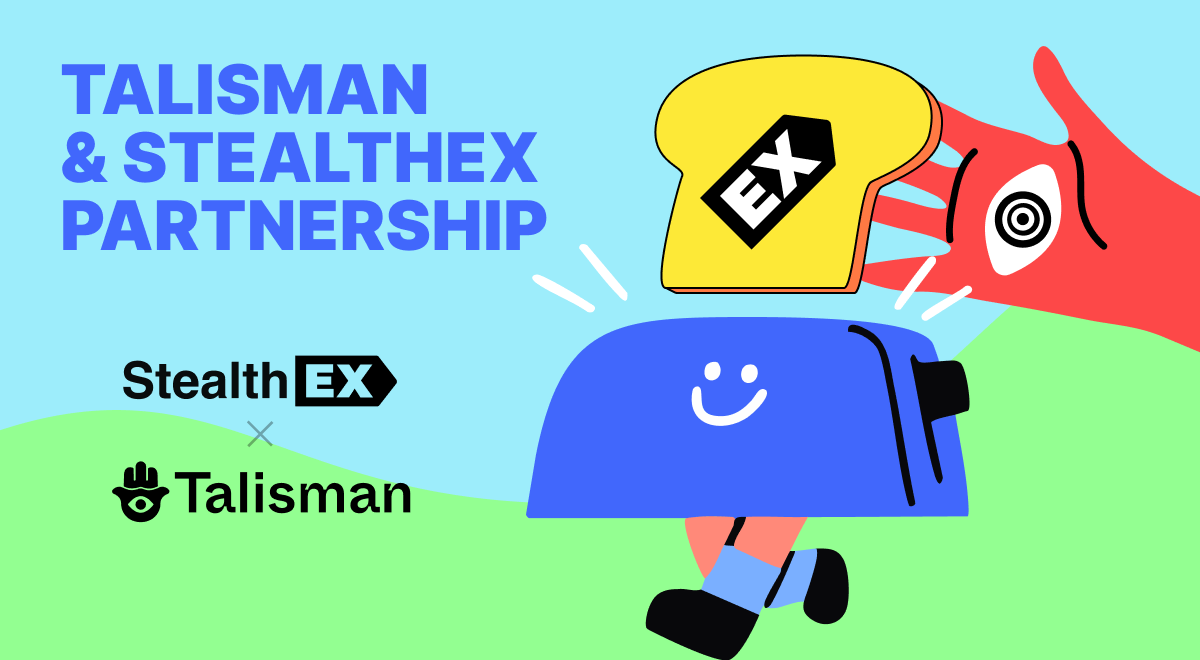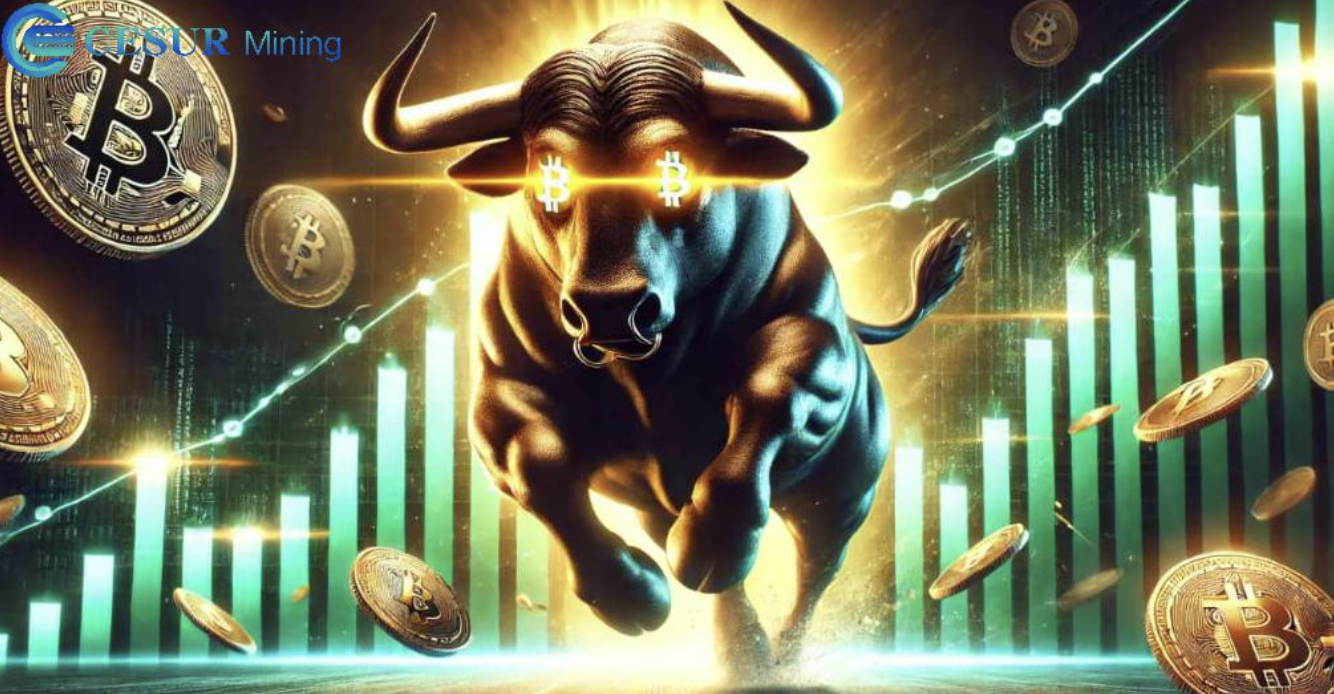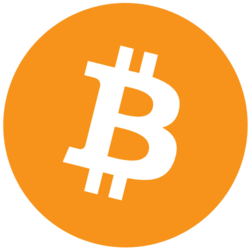Coin Launch Space is here to give you clear, accurate, and trustworthy information about crypto. Our team is made up of experts with real experience in crypto, finance, and new tech. Every article and page we publish is carefully reviewed by skilled editors to make sure it’s up to our high standards. We take pride in offering honest, easy-to-understand reviews based on real knowledge. Check out our editorial policy and see how we test and review crypto assets.
Picture this: you’re scrolling through your phone, PayPal app open, and you’re wondering if that balance sitting there could turn into Bitcoin or Ethereum. In 2025, it absolutely can. Cryptocurrency has gone mainstream, with over 580 million people holding some form of it worldwide, according to Crypto.com. PayPal, with its 400 million-plus active users as reported by Statista, makes it a no-brainer for jumping into crypto without needing a whole new setup. Whether you’re a newbie or just looking for a convenient way to buy, this guide’s got you covered. We’ll walk through the options—using PayPal directly, hitting up exchanges, or even going peer-to-peer—while keeping it real with the latest details.
What Makes PayPal a Crypto Contender?
PayPal’s been a payments titan for years, and its crypto journey kicked off in 2020, letting U.S. users buy coins right in the app. Fast forward to 2025, and they’ve upped the ante—external wallet transfers are now a thing, and their PayPal USD stablecoin is gaining traction. It’s a seamless way to blend your everyday money with the digital frontier. Plus, with Bitcoin flirting with $107,000 in late 2024 per CoinGecko, the allure’s stronger than ever. Ready to see how it works?
Option 1: Buying Crypto Straight Through PayPal
If simplicity’s your jam, PayPal’s built-in crypto feature is a great place to start. Here’s how to make it happen.
Step 1: Get Your PayPal Account Ready
You’ll need an active PayPal account with a balance or linked payment method. If you’re new, sign up on their site or app—it’s quick, just some basic info and ID verification. Already a user? Log in and make sure your account’s in good standing.
Step 2: Find the Crypto Hub
In the app, tap the wallet icon, or on desktop, click “Finances.” You’ll see a “Crypto” section waiting for you. That’s where the magic happens—access to Bitcoin, Ethereum, Litecoin, Bitcoin Cash, and PayPal USD.
Step 3: Choose and Buy
Pick your coin and decide how much to spend—you can go as low as $1. The price refreshes live, so you’re not guessing. Use your PayPal balance, bank account, or debit card to pay, then confirm after checking the fees (more on those later). Your crypto shows up in your PayPal wallet right away.
What’s the Deal?
This is perfect if you’re just testing the waters—limits are $100,000 weekly, and it’s all within PayPal’s familiar ecosystem. But you’re locked in unless transferring to another PayPal user, and fees can bite: $2.49 for a $200 buy, plus a 0.5% spread. Convenience comes at a cost.
Option 2: Using PayPal on Crypto Exchanges
For more control and variety, exchanges that take PayPal are a solid bet. Here’s the process.
Step 1: Pick Your Platform
Coinbase is a top choice in the U.S., letting you deposit or withdraw with PayPal up to $25,000 daily. Kraken works for Europeans (outside a few countries like Hungary), with a €1,000 daily deposit limit. Crypto.com’s another contender, supporting PayPal for buys across multiple regions. Always double-check availability in your area—rules vary.
Step 2: Connect PayPal
Sign up, verify your identity (think ID upload and maybe a quick selfie), then head to the payment settings. Select PayPal, log in to link it, and confirm the connection—sometimes there’s a small test charge to verify.
Step 3: Load Funds and Purchase
Deposit cash via PayPal—Coinbase might charge 4% if linked to a debit card, Kraken’s closer to 3.39%. Once funded, browse the market, pick your crypto, and buy. You can grab anything from Bitcoin to niche altcoins, then keep it on the exchange or move it elsewhere.
The Upside and Downside
You get more coins—Coinbase lists over 200, per their site—and the freedom to transfer out. Fees are still a factor, though, and PayPal’s not universally supported (UK Coinbase users can only withdraw, not deposit). It’s a step up in flexibility from PayPal’s own service.
Option 3: Peer-to-Peer with PayPal
Feeling adventurous? P2P platforms let you buy from real people using PayPal.
Step 1: Scout a Marketplace
Check out Paxful or LocalCoinSwap. These sites list sellers by payment method—filter for PayPal—and show their ratings. Some deals skip ID checks for small amounts, but full access usually means verification.
Step 2: Strike a Deal
Find a seller, chat to settle the amount and price, then send your PayPal payment. They’ll release the crypto to your wallet once it clears, often held in escrow for safety. Have your wallet app ready with a QR code.
The Catch
It’s often cheaper and can dodge KYC hassle, but it’s not foolproof—scammers lurk, and PayPal’s buyer protection doesn’t always cover crypto. Stick to high-rated sellers and small trades to play it safe.
Keeping Your Crypto Secure
Wherever you buy, storage matters. PayPal and exchanges are handy but vulnerable—over $2 billion was lost to hacks in 2024, says Chainalysis. Software wallets like MetaMask are good for quick access; hardware ones like Trezor suit bigger sums. A recent Statista survey pegs hardware wallet use at 63% among holders.
Fees and Limits Breakdown
PayPal’s direct buys range from $0.49 to $1.80 per trade, plus that spread. Exchanges hit you with 3-4% for PayPal deposits, while P2P fees depend on the seller—sometimes none, sometimes a markup. Limits vary: $10,000 weekly transfers on PayPal, $25,000 daily on Coinbase. Check specifics for your region.
Pro Tips for Newbies
Don’t go all-in—crypto’s a rollercoaster. Start with $20 and see how it feels. Peek at CoinMarketCap for coin insights—market cap and volume tell a story. And lock it down: two-factor authentication is your friend, and private keys are sacred.
The Bottom Line
Buying crypto with PayPal in 2025 is as easy as picking your flavor—direct for simplicity, exchanges for choice, or P2P for a personal touch. Fees and limits shift depending on your path, but the door’s wide open. Get your wallet ready, stay cautious, and you’re set to explore this digital gold rush. What’s your first coin going to be?
Disclaimer: The content provided reflects the authors personal opinions and is influenced by current market conditions. Conduct thorough research before making any cryptocurrency investments. The author and the publication are not liable for any financial losses you may incur.























